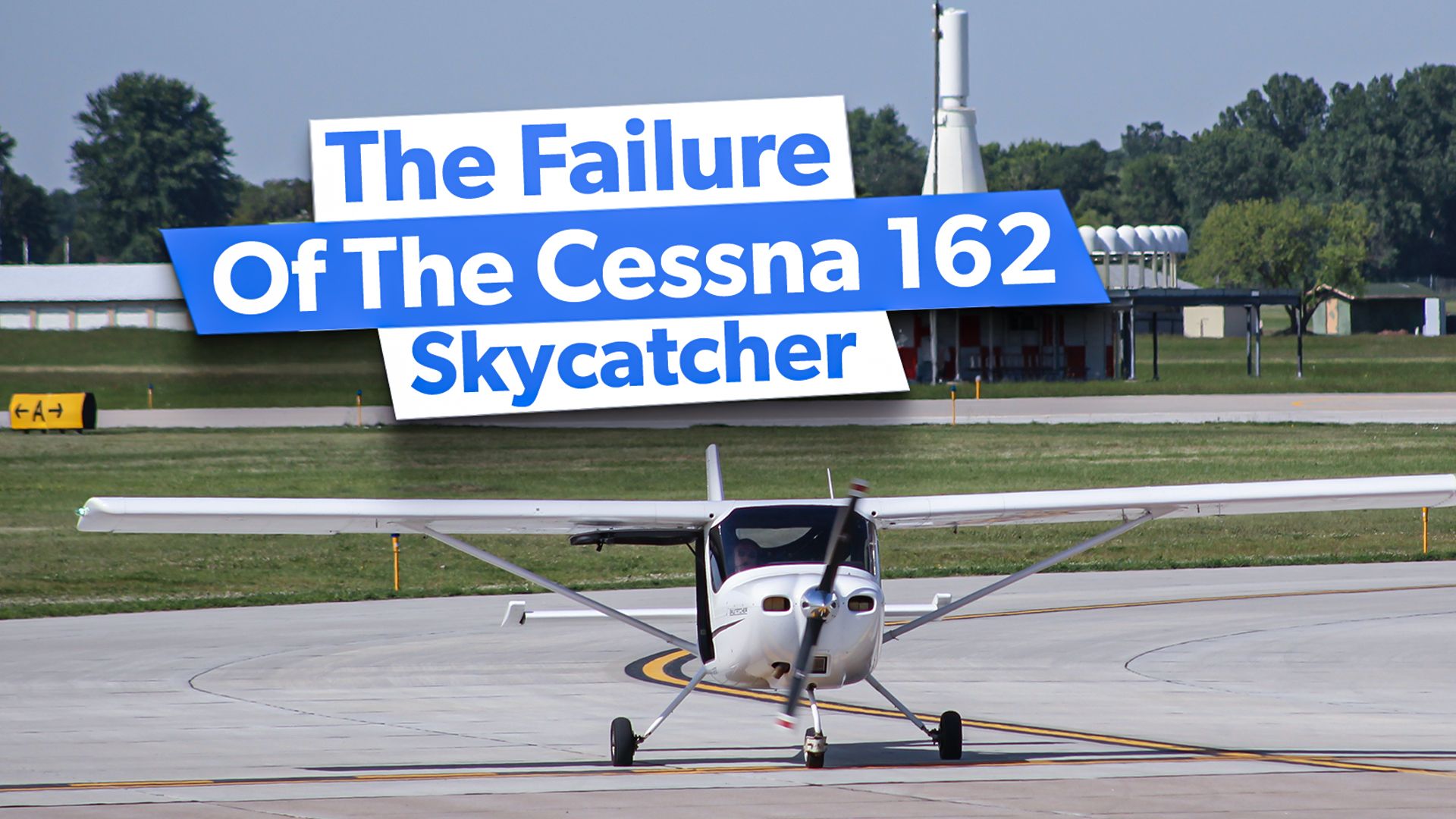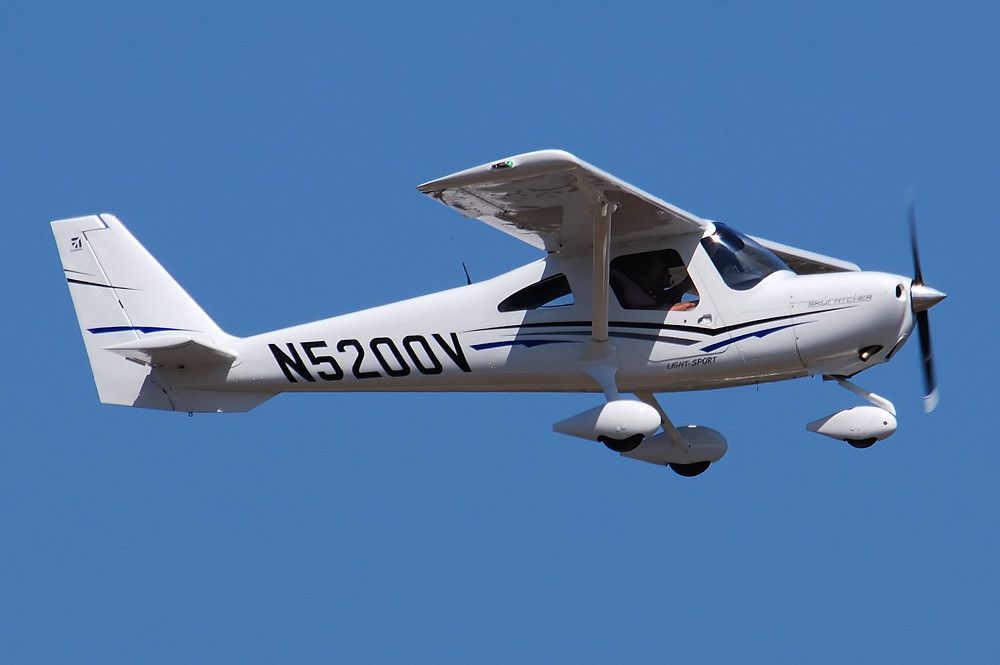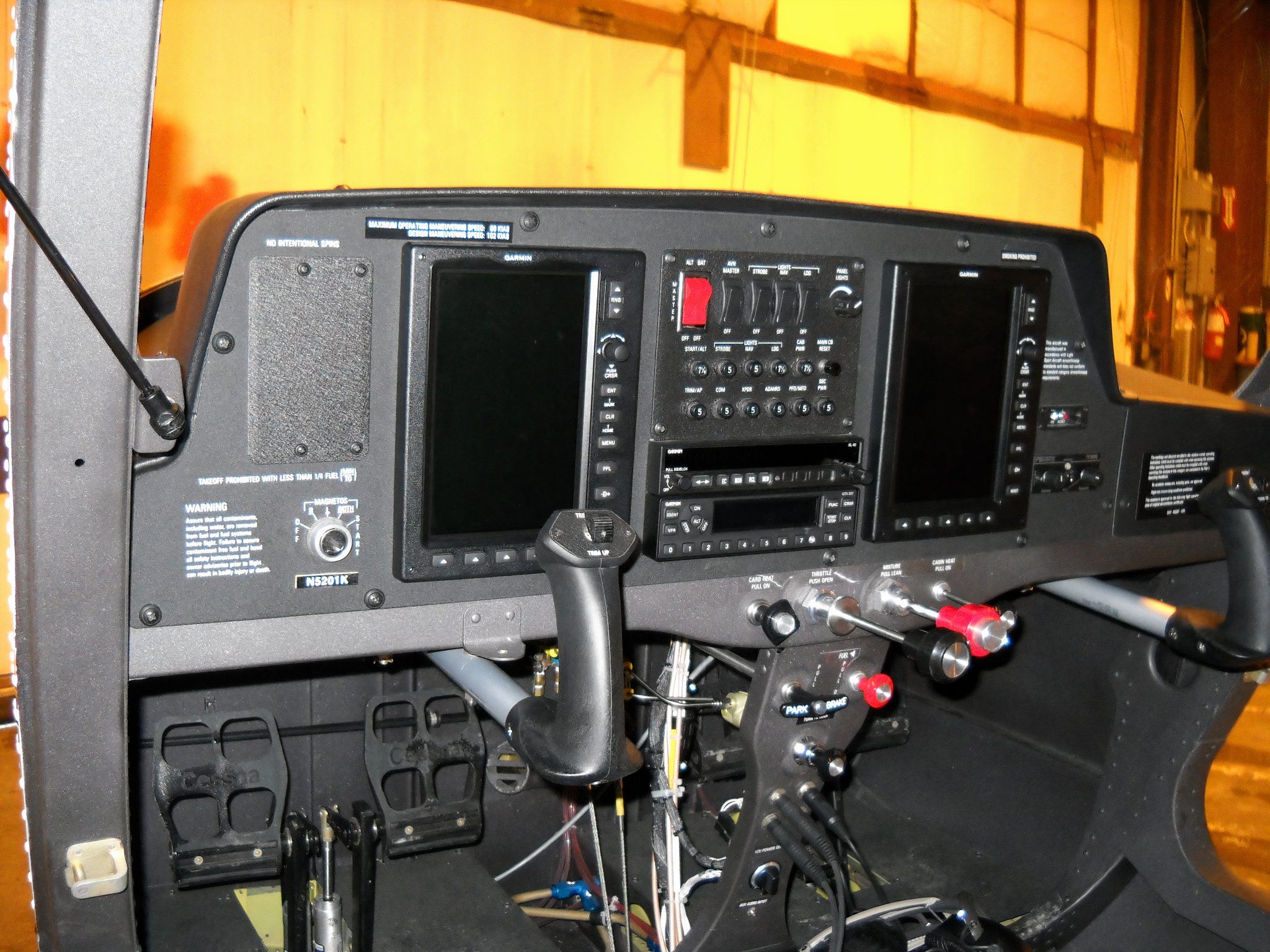Summary
- The Cessna 162 Skycatcher aimed to modernize flight training but faced pricing and safety issues.
- Developmental setbacks included two prototype crashes, leading to design modifications.
- The aircraft’s discontinuation resulted from production costs, safety concerns, and unmet expectations.
The Cessna 162 Skycatcher was a light-sport aircraft (LSA) developed by Cessna to capitalize on the emerging LSA market, which the Federal Aviation Administration (FAA) introduced in 2004. This category allowed pilots to fly without a medical certificate, thus appealing to a new generation of pilots and flight schools looking to replace aging fleets like the Cessna 150 and 152.
Development and market niche
Cessna engineers sought to create a modern, low-cost aircraft for flight training and personal use. Since discontinuing the Cessna 152 in 1985, Cessna had not produced a two-seat airplane.
The Skycatcher was introduced at the EAA AirVenture Oshkosh in 2007 and quickly garnered significant interest, with over 1,000 orders before its first delivery in 2009. The aircraft was designed to be a two-seat, high-wing, strut-braced, tricycle-geared airplane suitable for personal use and flight training.
Specifications and performance
- Base Price: Initially targeted at under $100,000, but eventually rose to $149,000.
- Engine: Continental O-200D, producing 100 horsepower.
- Max Gross Weight: 1,320 lbs (599 kg).
- Cruise Speed: Approximately 112 knots (129 mph).
- Range: 470 nautical miles.
- Service Ceiling: 15,500 feet.
- Years Built: December 2009 to December 2013.
The 162 Skycatcher–cursed from the beginning
During the development of the Cessna 162 Skycatcher, there were two high-profile incidents involving prototype crashes that significantly impacted the program:
First prototype crash September 2008
The first incident involved a non-conforming prototype, tail number N162XP, which crashed near Douglass, Kansas, during spin testing. The test pilot conducted a series of spins to evaluate the aircraft’s spin characteristics when the plane entered an unrecoverable flat spin.
Despite attempts to deploy the ballistic recovery parachute, it failed to activate, forcing the test pilot to bail out using a personal parachute. The aircraft was destroyed upon impact, but the pilot was unharmed.
Second prototype crash, March 2009
During a center-of-gravity test, the second crash involved another prototype, tail number N162CE. This test also resulted in an uncontrollable spin.
Although the ballistic parachute deployed this time, it became tangled, and the aircraft continued to spin. The pilot managed to land the plane safely but was substantially damaged when the wind dragged it across the ground. The pilot was unable to jettison the chute after landing.
These incidents led Cessna to redesign the aircraft’s tail, increase the size of the vertical stabilizer, and make other modifications to improve spin recovery. These changes were implemented in subsequent prototypes to address the spin recovery issues observed during testing and on the final production model.
Problems led to discontinuation
The Skycatcher faced several challenges that ultimately led to Cessna deciding to discontinue the program.
Pricing Issues: The final price of the aircraft significantly exceeded the initial target, rising from $100,000 to $149,000. This price increase was partly due to the decision to assemble the plane in China, which added logistical costs.
Production Decision: Cessna’s choice to manufacture the aircraft in China led to backlash from the U.S. market due to concerns over safety and political connections. This decision also contributed to increased production costs, passed on to customers.
Safety Concerns: During development, the Skycatcher experienced high-profile incidents, including spin tests that resulted in loss of control. These incidents led to redesigns, such as tail and vertical stabilizer changes, to improve safety.
Market Reception: Despite initial high interest, the aircraft did not meet customer expectations. Only 192 units were sold before production ceased, and the remaining unsold aircraft were eventually scrapped.
There were many customer complaints:
- Excessive noise: Pilots described the cockpit as extremely loud, with one user measuring 98 dB on takeoff. Even with noise-cancelling headsets, the noise level was uncomfortable for longer flights.
- Price increases: The initial target price of under $100,000 rose significantly to $149,000, making it less competitive in the Light Sport Aircraft (LSA) market.
- Safety concerns: During development, the aforementioned high-profile incidents, including spin test crashes, led to redesigns. The aircraft was prohibited from performing spins.
- Production issues: The decision to manufacture the aircraft in China led to backlash from U.S. customers due to concerns over safety and political connections.
- Performance limitations: Some pilots found the aircraft very light and touchy when handling. It was considered suitable for local flying but not for long cross-country trips.
- Structural issues: In 2012, a mandatory service bulletin required extensive wing modifications due to cracks found during testing.
- Limited utility: The aircraft met criticism for having a relatively low useful load and less capability than other LSA competitors.
- Cockpit space: Some taller pilots found the cockpit to be cramped.
- Basic equipment: Depending on the options chosen, some models were equipped with only the minimum required instruments and avionics.
Photo: Cessna
Competition and Market Dynamics: The aircraft faced stiff competition within the LSA market, and the inability to meet the original price point made it less attractive compared to other options available to flight schools and private owners.
While the Cessna 162 Skycatcher was initially well-received and filled a perceived gap in the market, a combination of pricing, production decisions, and safety concerns led to its failure. Amid declining orders, with only 192 of the expected 1,000 Skycatchers sold, Cessna decided to scrap both the Skycatcher program and the remaining unsold aircraft in 2016. It was a rare failure for a company that doesn’t make many mistakes in aircraft design and marketing.



